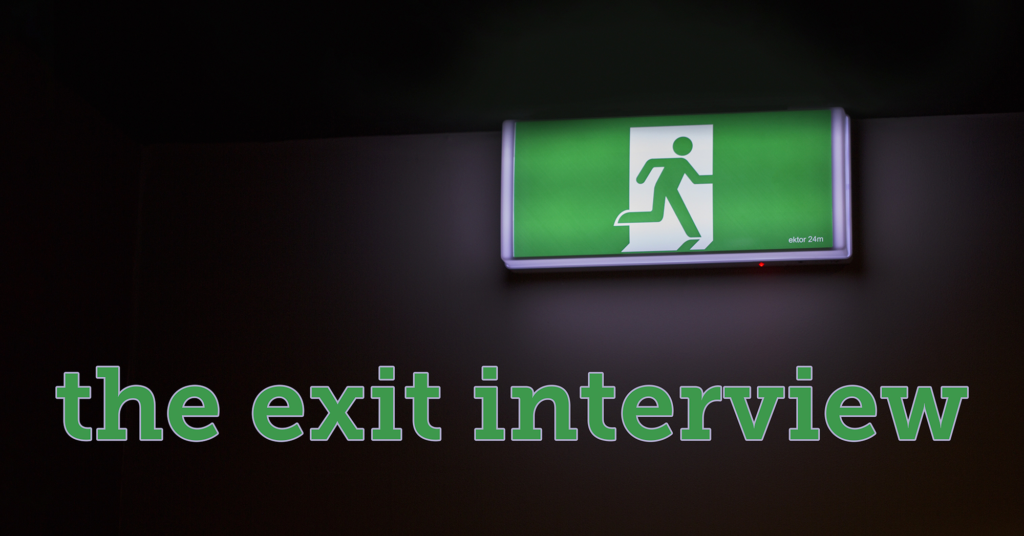As the first ballots for August’s election have been mailed out, here are five reasons why you should vote for Proposition 104 in Phoenix.
As the first ballots for August’s election have been mailed out, here are five reasons why, if you live in Phoenix, you should vote for Proposition 104. This blog also recommends returning each incumbent to their elected position as well as voting yes on all of the other propositions.
 It’s more than just new light rail lines. One of the common misconceptions being conveniently perpetuated by opponents of Proposition 104 is that it’s just for new METRO light rail lines within the City of Phoenix. While, certainly, those are welcome and needed, it’s more than that. The plan expands service on city buses, accelerates repairs and improvements to roads and sidewalks, adds bicycle lanes, and enhances technology for Phoenix’s transportation system. There is something for everyone.
It’s more than just new light rail lines. One of the common misconceptions being conveniently perpetuated by opponents of Proposition 104 is that it’s just for new METRO light rail lines within the City of Phoenix. While, certainly, those are welcome and needed, it’s more than that. The plan expands service on city buses, accelerates repairs and improvements to roads and sidewalks, adds bicycle lanes, and enhances technology for Phoenix’s transportation system. There is something for everyone.
No, we can’t just spend this money on teachers instead. A repeated talking point by opponents of Proposition 104 is that this money could be better spent on teachers and education. Since education in Arizona is the domain of the State of Arizona, I ask: Why can’t we have both? In an op-ed opposing Proposition 104 in The Arizona Republic by Tyler Bowyer, the chair of the Republican Party of Maricopa County, Mr. Bowyer repeats this tired talking point. But given his party’s proclivity against raising taxes, I would think that if his alternate proposal were on the table, Mr. Bowyer and those using that talking point would have encouraged us to vote no on that proposal, too.
As people go back to the city, our infrastructure must go back to the city. As has been documented with great regularity on this blog, there is a trend nationwide of moving back to our central cities. Some promising news came out this past week about the amount of public and private investment near the initial 20-mile line of light rail. Even amid the Great Recession, $8.2 billion in public and private investment was made near the line in 204 projects. That’s a near-sixfold return on our collective community investment. Tempe has perhaps made the most of light rail, garnering $3.4 billion in investment on their smaller section of line.
World cities require people-based transportation. If Phoenix is to be a world city, which I believe is a necessary aspiration for us to have any chance to compete in the global economy, we will need to have a transportation system in our central city that focuses on moving people around, not just private automobiles. Phoenix may have grown up and developed in the age of peak automobile; however, this gives us a chance to make quality and sensible investments in our infrastructure. As we mark the 25th anniversary of the enacting of the Americans with Disabilities Act 1990, it’s important to note that public transportation and paratransit (dial-a-ride) services, both enhanced by Proposition 104, provide a wonderful mechanism for people with disabilities to be strong contributors in the new global economy.
This is a chance to take our future into our own hands. The City of Phoenix gets no love from our state government. In fact, they try to do things that actively harm Phoenix’s future. SB 1070 in 2010 and SB 1062 in 2014 are two bills that come to mind amid many others. So what better way is there for all Phoenicians to take our city’s future into our own hands by providing a mechanism for us to create, fund, and evaluate our own transportation system? While other big cities in other states get help in building infrastructure from their state legislatures, we in Phoenix get the ‘drop dead’ message from ours. If we want Phoenix to be a world city, then we are left to do the fundraising ourselves.
If we want Phoenix to be a world city, then we need to have a forward-thinking transportation system that seamlessly blends buses, trains, bikes, and people. Please join me in voting YES in Proposition 104.

 When I prepared my midtown Phoenix history lecture last year,
When I prepared my midtown Phoenix history lecture last year,  From the outset of the discussions about what the City of Phoenix should do with Talking Stick Resort Arena in downtown Phoenix,
From the outset of the discussions about what the City of Phoenix should do with Talking Stick Resort Arena in downtown Phoenix, 
 It’s been a bit quiet on this blog to start out 2018. Sorry about that.
It’s been a bit quiet on this blog to start out 2018. Sorry about that. 
